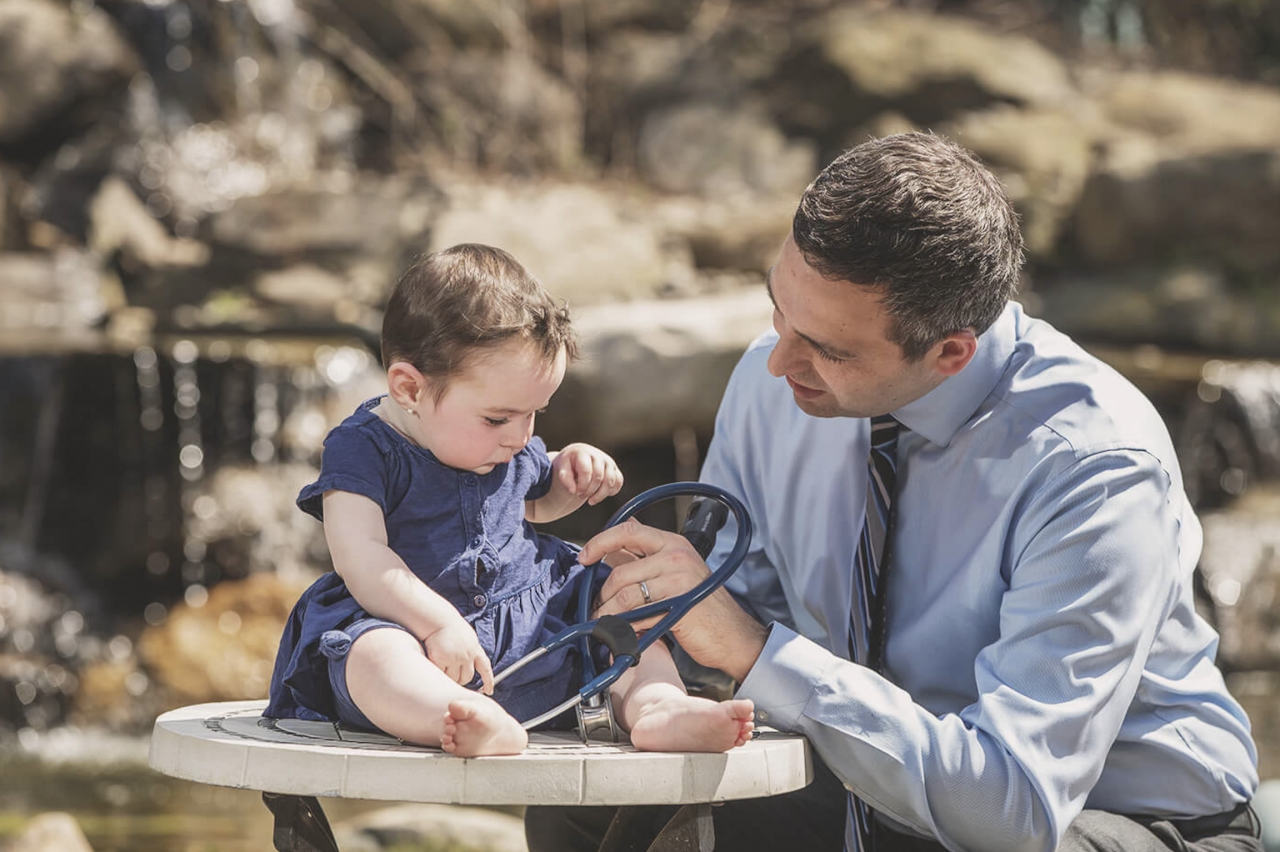
While we’ve got our eyes turned towards COVID-19, other respiratory viruses are circulating just as quickly. Respiratory Syncytial Virus, also known as RSV, is a highly contagious respiratory illness that most experience by age two. While the majority of children experience cold-like symptoms easily managed at home, some children become rather ill and need medical intervention. We continue to see cases of RSV daily, so let’s learn what to look for and how to manage symptoms.
What Is Respiratory Syncytial Virus?
Respiratory syncytial virus (RSV) is a major cause of respiratory illness in young children. The virus affects the nose, throat, lungs and breathing passages. Typically, RSV causes a cold, which may be followed by bronchiolitis or pneumonia. Symptoms generally last three to seven days.
When is RSV season?
RSV season normally runs from October through March. Most likely due to the relaxation of pandemic precautions, this year cases started cropping up in New York in July. Currently, within the RefuahHealth community more than 18.0% of viral tests are positive for RSV.
What are the symptoms of RSV?
Children with RSV might have cold symptoms including:
- Stuffy or runny nose
- Sore throat
- Headache
- Cough
- Fever
- Not eating or drinking well
- General ill feeling
Sometimes an RSV infection can lead to bronchiolitis or pneumonia, especially in premature babies, infants younger than one, and children with conditions that affect the lungs, heart, or immune system.
Is RSV contagious?
RSV is highly contagious, particularly when someone is having symptoms. Some infants and people with weakened immune systems may remain contagious for as long as four weeks.
How does RSV spread?
The RSV virus is spread through close contact. When an infected person sneezes or coughs the virus becomes airborne and enters your body through your eyes, nose or mouth. It’s also spread by touching objects that the virus has landed on and then touching your face.
How long does RSV last?
An infected individual will experience symptoms between two to eight days after exposure. Symptoms generally last for three to seven days. Most children and adults recover fully within one to two weeks.
How is RSV treated?
RSV usually goes away on its own and can be managed at-home. Antibiotics are not used to treat viral infections, including those caused by RSV. Antibiotics may be prescribed, however, if a doctor’s evaluation shows your child has developed bacterial pneumonia or another bacterial infection.
Some children who develop bronchiolitis and/or pneumonia may need assistance breathing. Sometimes a doctor will recommend hospitalization to receive oxygen treatment.
Reach out to your provider immediately if your child is experiencing any of these concerning signs and symptoms:
- Difficulty breathing
- Rapid breathing
- Wheezing
- Belly breathing or using muscles in the ribs or neck to breathe
- Flaring nostrils
- Head bobbing with breathing
- Rhythmic grunting while breathing
How can I help my child feel more comfortable?
- Use a cool mist vaporizer to soothe dry breathing passages. Increased humidity in the air helps your child breathe more comfortably. Hot-air vaporizers can cause burns and should be avoided.
- Make sure your child gets plenty of fluids, such as breastmilk or formula for infants or milk, juices, and water for older children.
- For fever, give your child (older than 6 months) over-the-counter fever reducers such as acetaminophen (Children’s Tylenol®) or ibuprofen (Advil). If your child is less than six months old, reach out to your provider for appropriate dosing.
- Apply saline nasal drops to help loosen mucus in the nose. When done prior to suctioning. This is a very effective method for removing and loosening up the mucus in nasal passageways.
- Gently suction your infant’s nose with an infant bulb syringe.
Summary
RSV remains one of the most common and contagious viral infections with the majority of children experiencing the cold-like illness before age two. Scientists are currently studying vaccines to prevent and medications to treat RSV. We may have more options in the future. In the meantime, rest assured that most children recover quickly and are back to their usual selves within a few weeks.